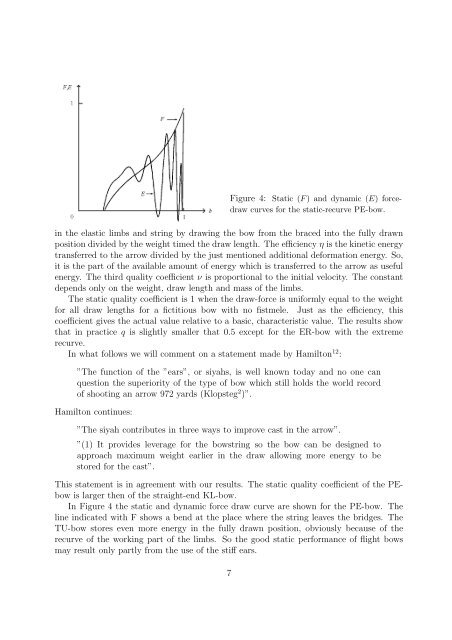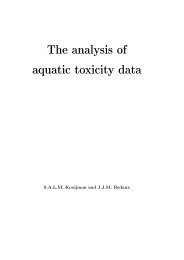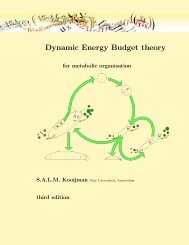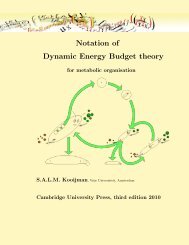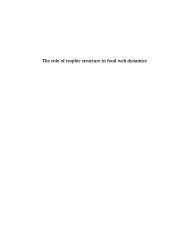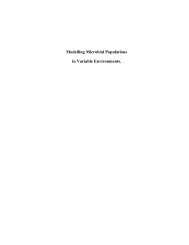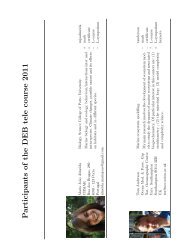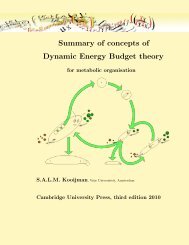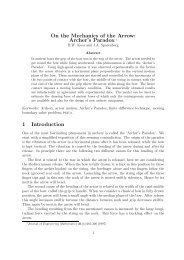Archery and Mathematical Modelling 1
Archery and Mathematical Modelling 1
Archery and Mathematical Modelling 1
Create successful ePaper yourself
Turn your PDF publications into a flip-book with our unique Google optimized e-Paper software.
Figure 4: Static (F ) <strong>and</strong> dynamic (E) forcedrawcurves for the static-recurve PE-bow.in the elastic limbs <strong>and</strong> string by drawing the bow from the braced into the fully drawnposition divided by the weight timed the draw length. The efficiency η is the kinetic energytransferred to the arrow divided by the just mentioned additional deformation energy. So,it is the part of the available amount of energy which is transferred to the arrow as usefulenergy. The third quality coefficient ν is proportional to the initial velocity. The constantdepends only on the weight, draw length <strong>and</strong> mass of the limbs.The static quality coefficient is 1 when the draw-force is uniformly equal to the weightfor all draw lengths for a fictitious bow with no fistmele. Just as the efficiency, thiscoefficient gives the actual value relative to a basic, characteristic value. The results showthat in practice q is slightly smaller that 0.5 except for the ER-bow with the extremerecurve.In what follows we will comment on a statement made by Hamilton 12 :”The function of the ”ears”, or siyahs, is well known today <strong>and</strong> no one canquestion the superiority of the type of bow which still holds the world recordof shooting an arrow 972 yards (Klopsteg 2 )”.Hamilton continues:”The siyah contributes in three ways to improve cast in the arrow”.”(1) It provides leverage for the bowstring so the bow can be designed toapproach maximum weight earlier in the draw allowing more energy to bestored for the cast”.This statement is in agreement with our results. The static quality coefficient of the PEbowis larger then of the straight-end KL-bow.In Figure 4 the static <strong>and</strong> dynamic force draw curve are shown for the PE-bow. Theline indicated with F shows a bend at the place where the string leaves the bridges. TheTU-bow stores even more energy in the fully drawn position, obviously because of therecurve of the working part of the limbs. So the good static performance of flight bowsmay result only partly from the use of the stiff ears.7


